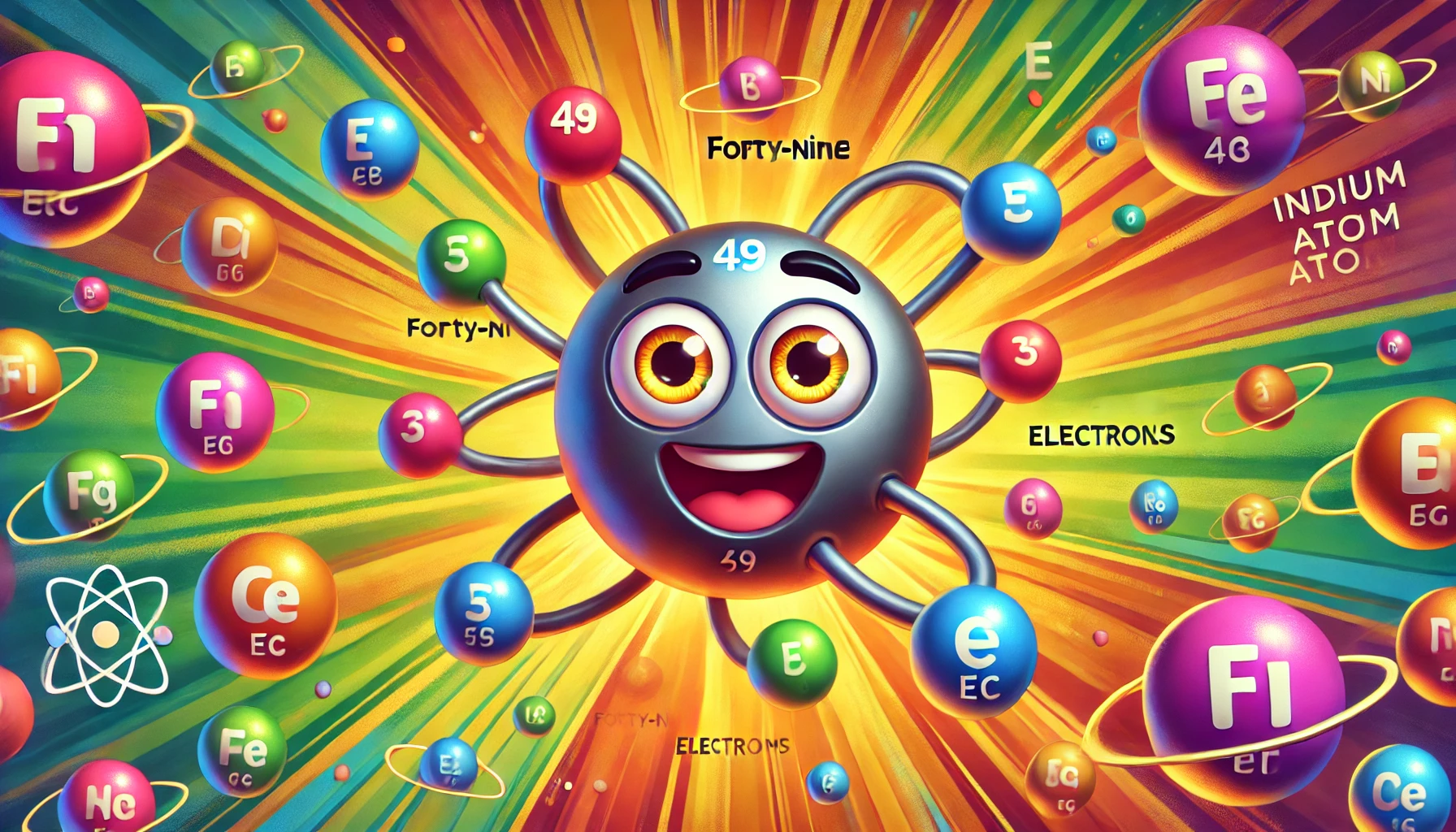Understanding Indium: Properties, Uses, Health Risks, and Fascinating Facts
Understanding Indium: Properties, Uses, Health Risks, and Fascinating Facts
Table of Contents
- Introduction to Indium
- Properties of Indium
- Uses of Indium
- Health Risks of Indium Exposure
- Interesting Facts about Indium
- Environmental Impact of Indium
- Conclusion
- References
Understanding Indium: Properties, Uses, Health Risks, and Fascinating Facts
Introduction to Indium Indium is a chemical element with the symbol In and atomic number 49. It is a post-transition metal with a silvery-white appearance. Known for its softness and malleability, indium has various industrial applications, especially in electronics and coatings. This article explores the properties, uses, health risks, and interesting facts associated with indium, providing a comprehensive understanding of this versatile metal.
Properties of Indium Indium is characterized by several distinct physical and chemical properties.
Physical Properties
- Appearance: Indium is a soft, silvery-white metal.
- Density: The density of indium is 7.31 g/cm³.
- Melting Point: Indium has a relatively low melting point of 156.6°C (313.9°F).
- Boiling Point: The boiling point of indium is 2,072°C (3,762°F).
Chemical Properties
- Reactivity: Indium is relatively stable in air and water but reacts with acids, forming indium salts.
- Compounds: Indium forms various compounds, such as indium(III) oxide (In₂O₃), indium(III) chloride (InCl₃), and indium phosphide (InP).
Uses of Indium Indium has numerous applications across different industries due to its unique properties.
Electronics
- Indium Tin Oxide (ITO): Indium is used to make indium tin oxide, a transparent conductor used in liquid crystal displays (LCDs), touch screens, and solar panels.
- Semiconductors: Indium phosphide and indium antimonide are used in high-speed and high-frequency semiconductors and optoelectronic devices.
Coatings and Alloys
- Reflective Coatings: Indium is used in reflective coatings for mirrors, windows, and automotive glass due to its excellent reflectivity.
- Low-Melting Alloys: Indium is used in low-melting alloys, such as solders and fusible alloys, for its ability to create strong, durable bonds at relatively low temperatures.
Medical Applications
- Radiopharmaceuticals: Indium-111 is used in nuclear medicine for diagnostic imaging, particularly for tracking white blood cells and detecting infections.
Other Applications
- Lubricants: Indium is used as an additive in lubricants to improve their performance and reduce wear and tear on mechanical parts.
Health Risks of Indium Exposure Indium is generally considered to have low toxicity, but there are some health risks associated with exposure to indium compounds and dust.
Inhalation and Ingestion
- Respiratory Issues: Inhalation of indium dust or fumes can cause respiratory irritation, coughing, and, in severe cases, lung damage.
- Gastrointestinal Issues: Ingestion of indium compounds can cause gastrointestinal irritation, including nausea and vomiting.
Skin and Eye Contact
- Skin Irritation: Direct contact with indium compounds can cause skin irritation and dermatitis.
- Eye Irritation: Exposure to indium dust or solutions can cause eye irritation and potential damage.
Chronic Exposure
- Organ Effects: Prolonged exposure to high levels of indium compounds may affect the kidneys, liver, and other organs.
Interesting Facts about Indium Indium has several intriguing aspects that make it an interesting element.
Discovery
- Discovered in 1863: Indium was discovered by German chemists Ferdinand Reich and Hieronymous Theodor Richter in 1863 while examining zinc ores. They named it indium due to the indigo blue line in its emission spectrum.
Unique Properties
- Soft and Malleable: Indium is a very soft metal that can be easily cut with a knife and deformed with the fingers.
- Low Melting Point: Indium has a low melting point, making it useful in applications requiring low-temperature bonding and soldering.
Isotopes
- Stable Isotopes: Indium has two naturally occurring isotopes, indium-113 and indium-115, with indium-115 being the most abundant.
- Radioactive Isotopes: Indium-111 is a radioactive isotope used in medical imaging and diagnostics.
Environmental Impact of Indium Indium is not known to have significant environmental impacts, but its extraction and use should still be managed responsibly.
Natural Occurrence
- Abundance: Indium is relatively rare in the Earth’s crust and is typically found as a byproduct of zinc, lead, and tin mining.
- Mining: Extraction of indium must be done carefully to avoid environmental contamination and ensure sustainable practices.
Industrial Waste
- Waste Management: Proper disposal of indium-containing industrial waste is crucial to prevent environmental contamination.
Conclusion Understanding indium, its properties, uses, health risks, and interesting facts provides valuable insight into this versatile metal. While indium is generally safe with low toxicity, appropriate safety measures should be taken when handling indium compounds and dust. Its applications in electronics, coatings, medical imaging, and various industries highlight its importance in modern technology and industry.

<ⓒ WizardMedics (wizardmedics.com)>






